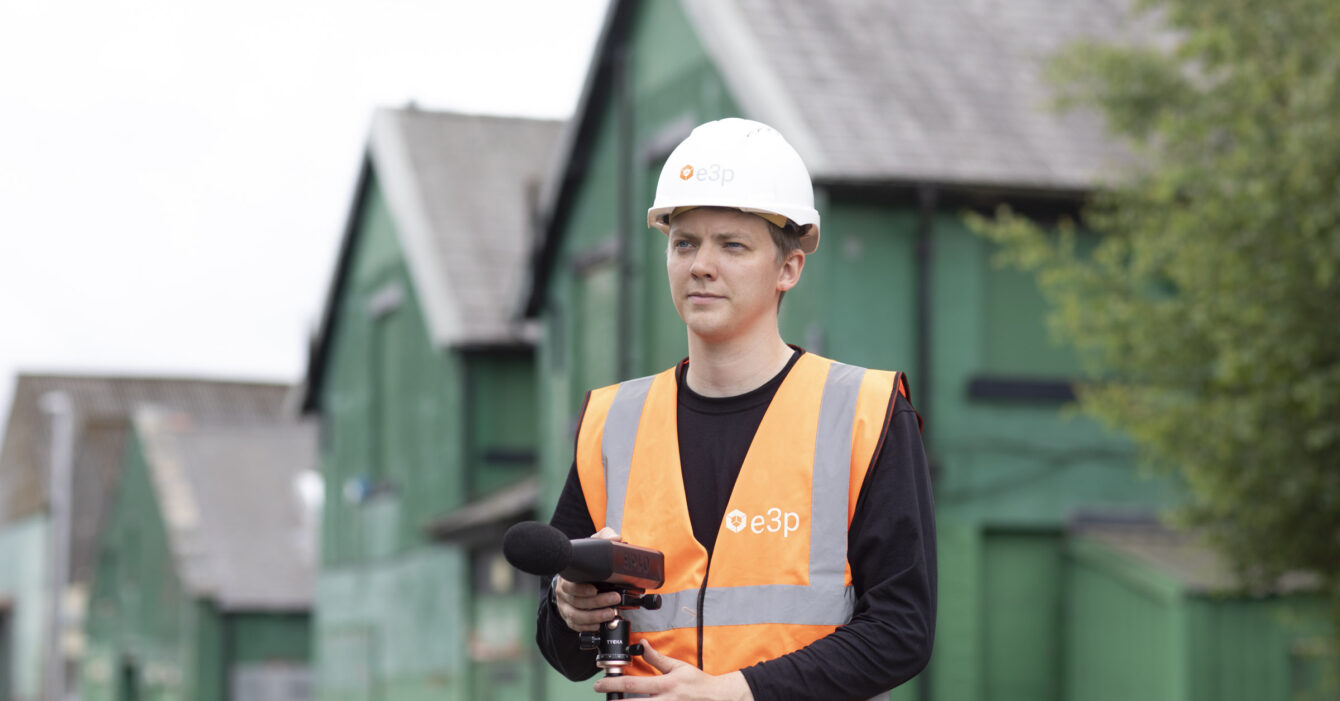
Noise at Work Risk Assessment
We also do Noise at Work risk assessment as a practice as it’s well known that noise at work can cause permanent and disabling hearing damage for workers which has impacted the design and construction of workplaces, especially those where heavy industrial activities or processes are part of everyday working activity.
The Control of Noise at Work Regulations (2005) legislation made it compulsory for businesses to take action to both reduce exposure to noise wherever possible and to provide workers with training and personal protection to control the risk from noise. Under the terms of the act, employers also have a duty to carry out regular health surveillance and risk assessments to ensure that everything practicable has been done to mitigate the effects of exposure to noise.
Firstly, it is important to establish whether your workplace has a noise problem before deciding which steps to take next, if any. If your business includes noisy tasks or machinery that result in noise levels that force employees to raise their voices in order to carry out a normal conversation or requires employees to use power tools on a regular basis, it’s likely you’ll need to take further steps to protect your employees.
A noise risk assessment should:
- Investigate all sources of noise and consider their impact
- Identify who may be affected
- Estimate the extent of employee exposure over a working day
- Highlight any compliance actions Note any at-risk employees and recommend appropriate health surveillance
You’ll need to make a record of your findings and outline a plan of action, included within a Noise at Work Risk Assessment report. Furthermore, you will need to ensure that your noise at work risk assessment is carried out by a competent assessor.


What is an acceptable noise level in the workplace?
The levels of exposure to noise of your employees averaged over a working day or week; and the maximum noise (peak sound pressure) to which employees are exposed in a working day.
The values are:
Lower exposure action values:
Daily or weekly exposure of 80 dB(A)
Peak sound pressure of 135 dB(C)
Upper exposure action values:
Daily or weekly exposure of 85 dB(A)
Peak sound pressure of 137 dB(C)
There are also levels of noise exposure which must not be exceeded. These are called exposure limit values:
Daily or weekly exposure of 87 dB(A)
Peak sound pressure of 140 dB(C)
What is an unhealthy level of noise?
Noise above 70 dB over a prolonged period of time may start to damage your hearing. Loud noise above 120 dB can cause immediate harm to your ears. In general, sounds above 85 decibels (dB) are harmful. But this depends on how long and how often you are exposed to the sound and whether you wear hearing protection, such as earplugs or earmuffs.
If you would like to discuss any of these services with our specialist team please fill out the form below.
